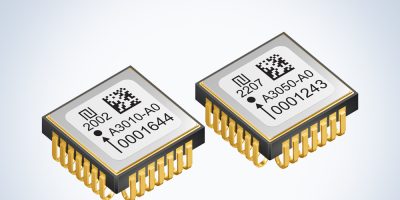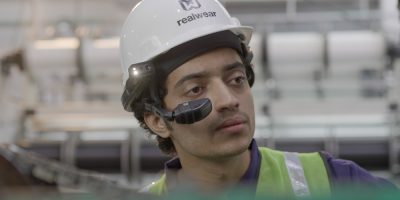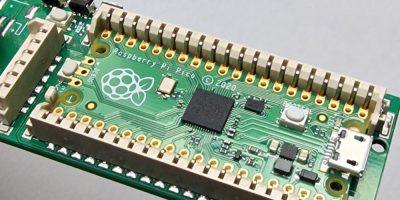The AXO301 and AXO305 digital MEMS accelerometer sensors have been introduced by TDK.
The AXO301 high resolution accelerometer and inclinometer is for railway and industrial systems and the AXO305 is a high performance accelerometer for land, marine and robotics applications.
The AXO301 low noise and high resolution ±1 g accelerometer is suitable for high precision acceleration/deceleration measurements in railway applications and inclination control in industrial applications. The AXO305 ±5 g accelerometer is tailored for navigation, positioning and motion control of land and marine manned and unmanned systems.
They use a closed-loop architecture that delivers high linearity and stability even under strong vibrations, said TDK. The accelerometers have a one year composite bias repeatability of 1mg and composite scale factor repeatability of 600ppm.
The AXO301 offers a performance-equivalent, low-SWaP (size, weight and power) and cost-effective alternative to force balance inclinometers and servo-accelerometers, said TDK. It demonstrates a low noise density of eight microg/√Hz with 50 microg resolution to offer high-accuracy inclination angle measurements. The AXO301 is tailored to odometry assistance for train positioning and localisation systems, high-end industrial tilt and inclination measurements systems as well as motion control of construction machinery. It is compliant with EN61373 railway standard for vibrations and shocks.
The AXO305 has an input measurement range of ±5g and vibration rectification error of 20 microg/g². It is tailored to navigation, positioning and motion control functions of land, rail and marine transportation systems and vehicles. It demonstrates a bias instability of 4 microg with a ±0.5 mg bias over its temperature range, thus enabling precise GNSS-aided navigation of manned and unmanned ground vehicles and trains when integrated into inertial navigation system (INS), said TDK. AXO305 is a candidate for motion reference units (MRUs) used for ship motion control and dynamic positioning, inertial measurement units (IMUs) for land navigation, sub-sea navigation of AUVs (autonomous underwater vehicles) and ROVs (remotely operated vehicles), platform and crane stabilisation as well as precision robotics.
The closed-loop architecture offers high resolution and strong vibration rejection, said TDK.
The accelerometers are housed in a miniature, hermetic, ceramic J-lead package that ensures long operational and storage life and guarantees a high compliancy with the stringent thermal cycling requirements of critical applications. They embed hard-coded electronics with a 24-bit digital SPI for fast integration into standalone sensor modules, INS, IMUs as well as attitude and heading reference systems (AHRS). Built-in self-test ensures initial verification of the sensor’s integrity and continuous in-operation functionality test, added TDK.






